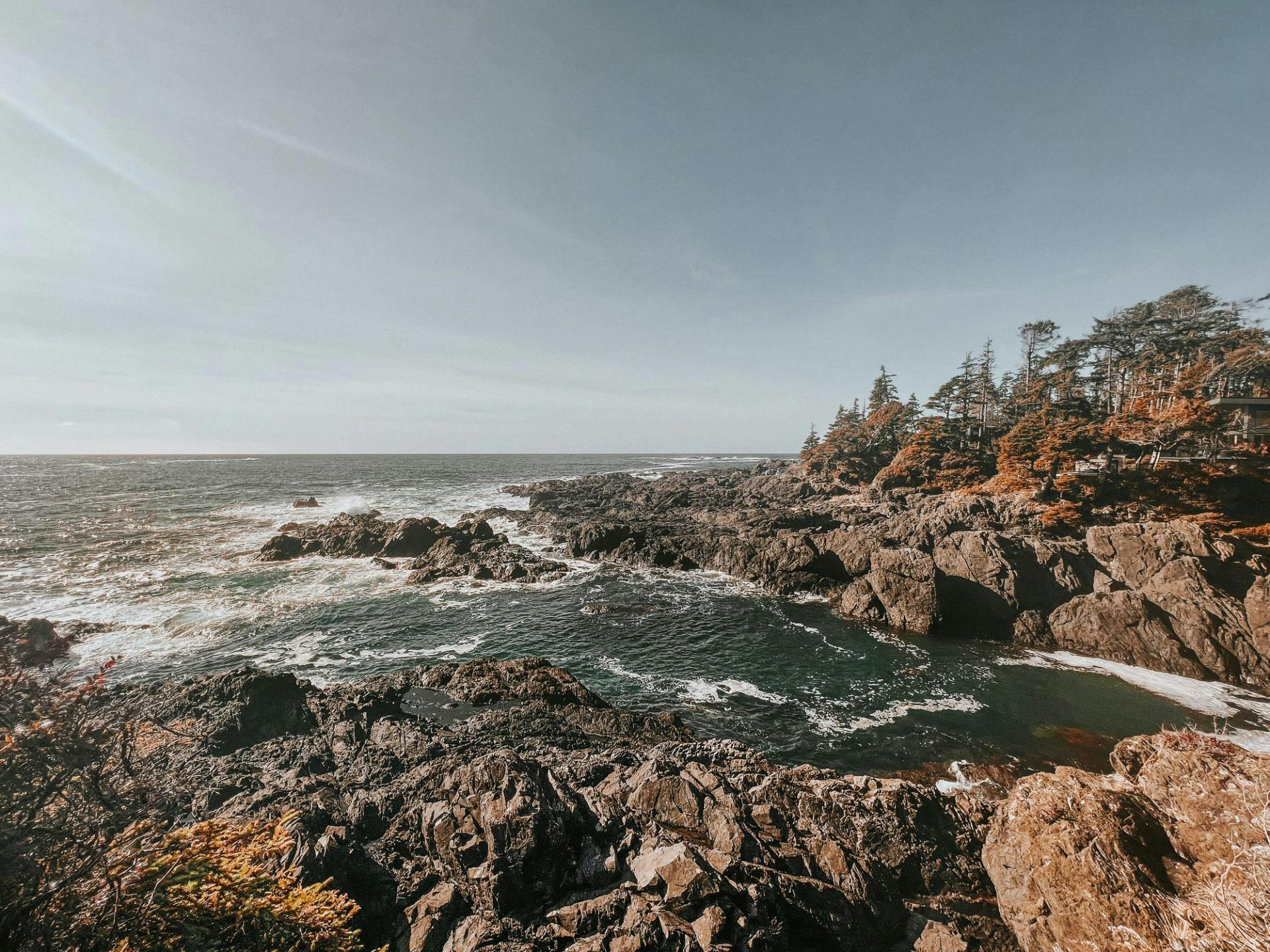Spill Kit Initiative

How to Use a Spill Kit:
Step 1:
In order to effectively control and pick up the liquid that is spilled, you must know what the liquid is. In most cases, you will know the type of liquid that you are working with or storing, and you will have the proper spill control materials on site.
Step 2:
Put on Protective Equipment Before you start cleaning up the spill, you should put on protective equipment such as gloves, goggles, and a mask to prevent exposure to the hazardous substances.
Step 3:
Contain the Spill The next step is to contain the spill to prevent it from spreading. This can be done by placing absorbent booms or pillows around the edges of the spill.
Step 4:
Apply Absorbent Material Once the spill is contained, apply the appropriate absorbent material such as spill pads, absorbent socks or absorbent pillows to the spill. Spread the absorbent material evenly over the spill to ensure that it is completely covered.
Step 5:
Sweep and Scoop After the absorbent material has been applied, use a broom and dustpan or a scoop to collect the material and put it in a waste bag or bin. It is important to dispose of the waste in accordance with local regulations.
Step 6:
Dispose of Spill Kit Components Finally, dispose of the used absorbent material, cleaning agents, and other components of the spill kit in accordance with local regulations.
Importance of Having an Emergency Spill Kit on Your Pleasure Craft
Having an emergency spill kit on your pleasure craft is important for several reasons. Firstly, it helps to prevent environmental damage that can be caused by spills of hazardous substances. These spills can harm marine life, water quality, and natural habitats.
Secondly, having a spill kit on board can help to reduce the risk of accidents and injuries. Hazardous substances can be dangerous to human health and safety, and prompt action is required to prevent further harm.
Lastly, having a spill kit on board your pleasure craft can help you comply with local regulations. Many countries and regions have regulations that require boats and ships to have a spill kit on board as part of their safety equipment.
In conclusion, knowing how to use a spill kit is essential for preventing environmental damage and protecting human health and safety. Having an emergency spill kit on your pleasure craft is not only a regulatory requirement, but also a responsible practice that can help you avoid accidents and reduce the impact of spills on the marine environment.
What is include in our spill kit:
10 - 16” x 18” General Purpose Pads
2 - 3” x 4” General Purpose Socks
1 - Nitrile Protective Gloves
1 - 4LB Gransorb Particulate
1 - Temporary Disposal Bag
1 - Spill Response Guide
1 - Spill Kit in Heat Sealed Bag
SORBENT CONFIGURATIONS AND SIZES
Sorbents are manufactured in various sizes and configurations. This enables the user to select the best one for their application. Sorbent materials are available in the following general configurations.
1. LOOSE PARTICULATE - This material comes in loose for and can be sprinkled over a spill area.
2. SOCKS - These items are generally 3" in diameter and can come in lengths of up to 20 ft. Socks are used to contain spills in a given area or are used to confine spills and keep them from spreading.
3. PILLOWS - Pillows have the capacity to pick up a good volume of liquid. They are used in situations where a lot of liquid needs to be picked up or in situations where there is a steady leak or drip that needs to be controlled.
4. PADS - Pads are usually found in sizes of 18" × 18" and come in a variety of thicknesses. This material comes in a variety of weights and quantities. The heavier the pad, the more it will be capable of absorbing. Remember the better the quality of pad that you use the less you'll have to dispose of
5. ROLLS - Same material pads are cut from, rolls are generally used to cover large areas where spills occur.
6. BOOMS - Booms are used in oil selective applications only. Booms are generally 5" or 8" in diameter and can be as long as 60ft. They may have ropes and clips, which are used to connect them to one another and to retrieve them in offshore applications.
